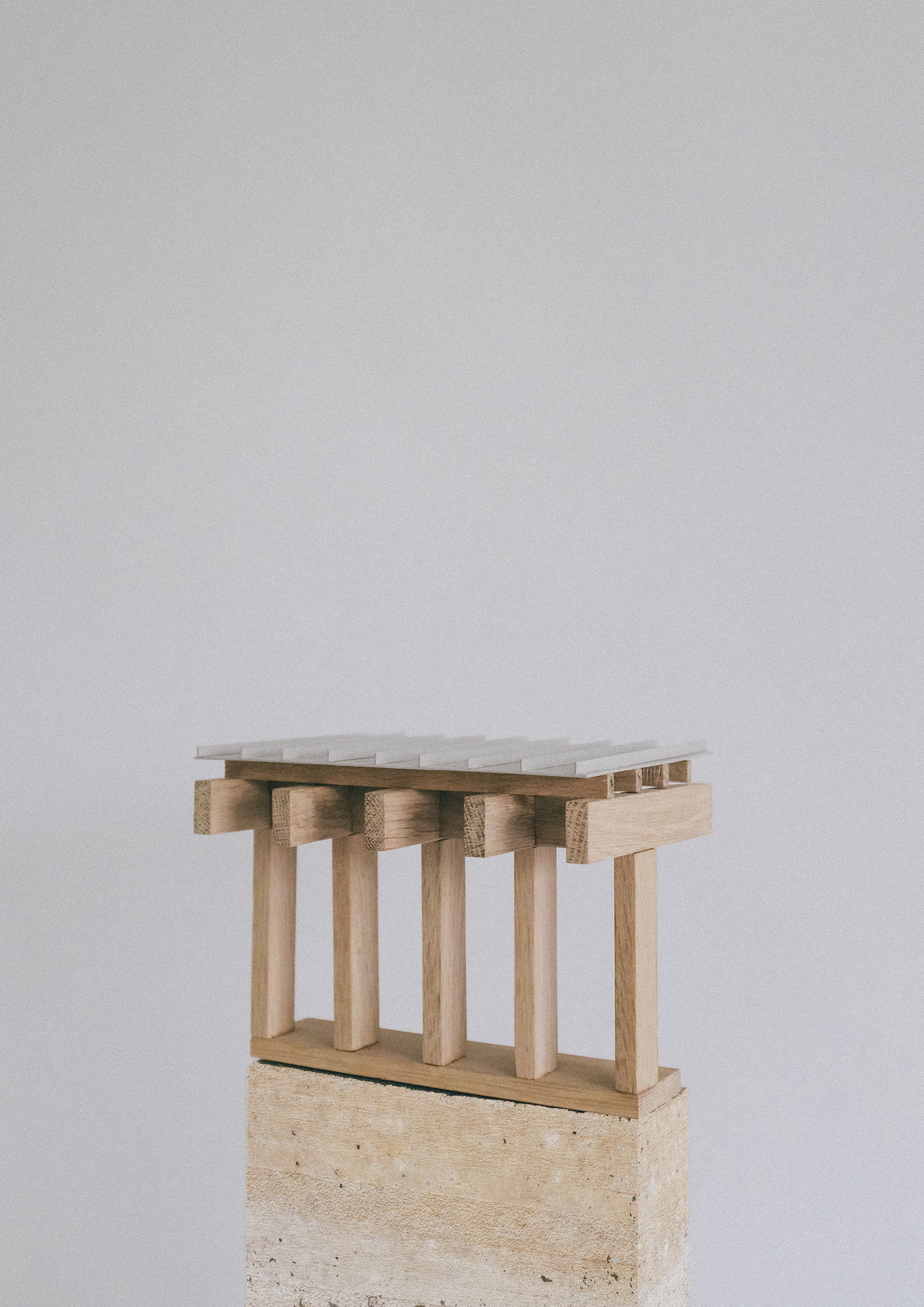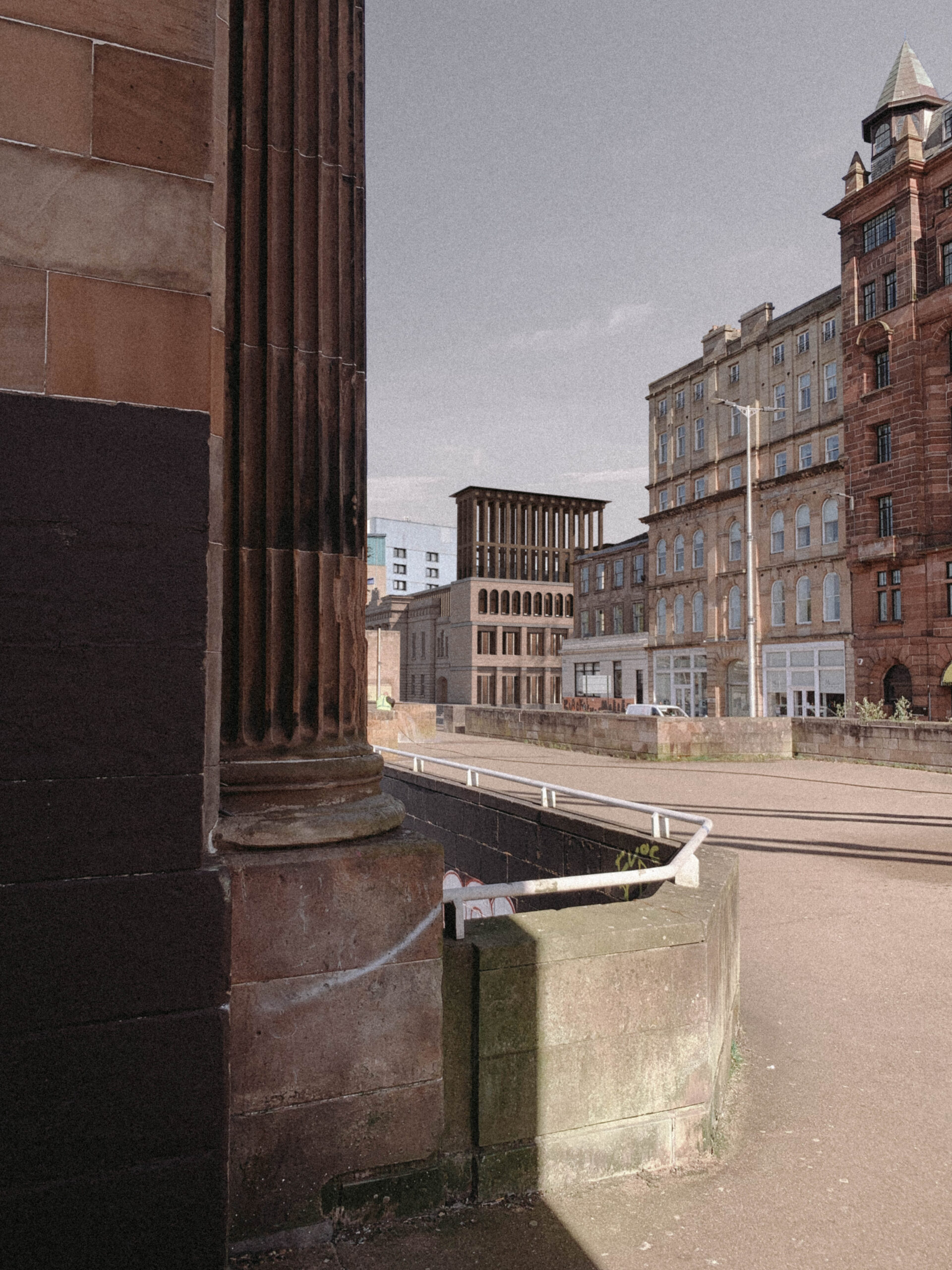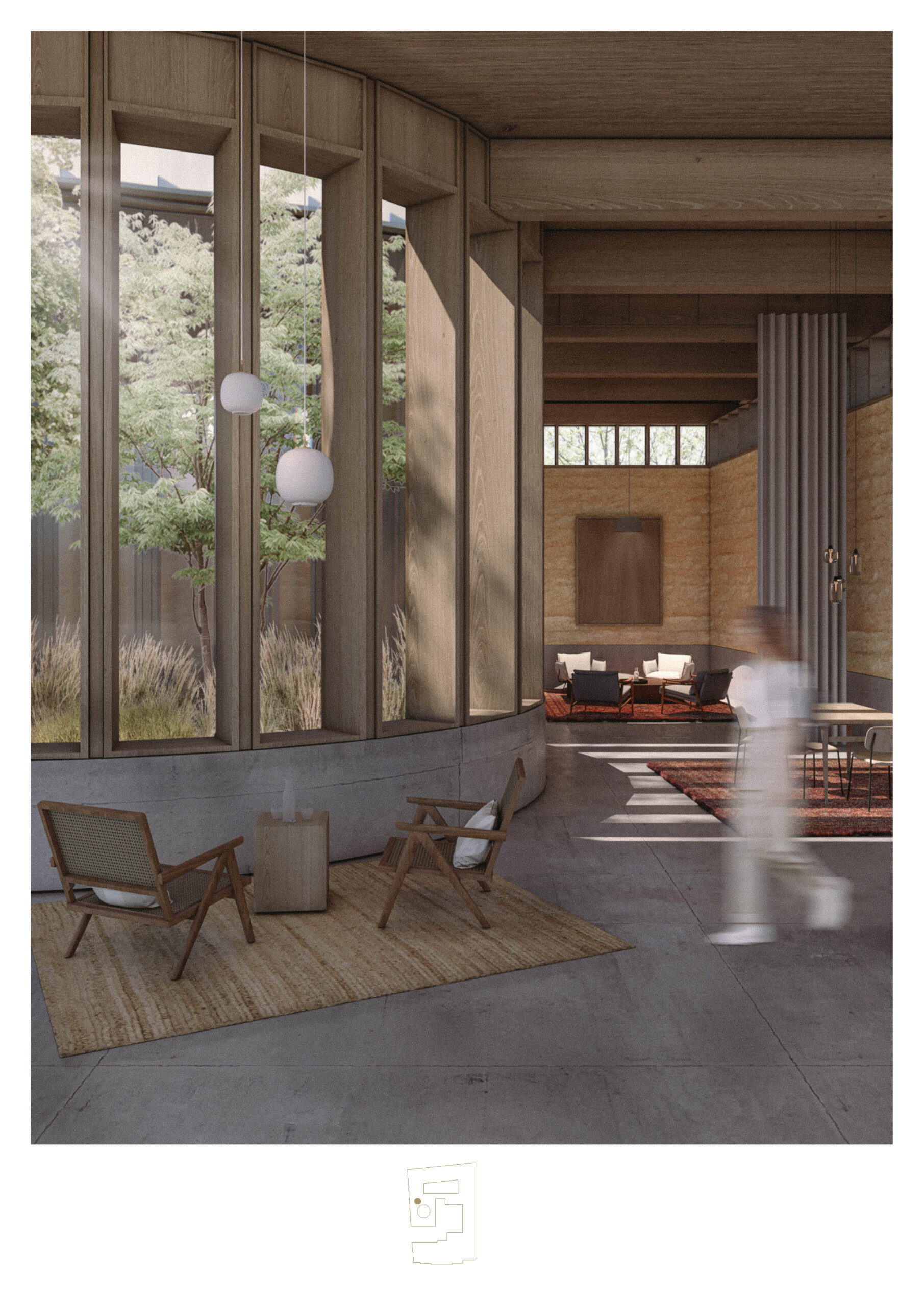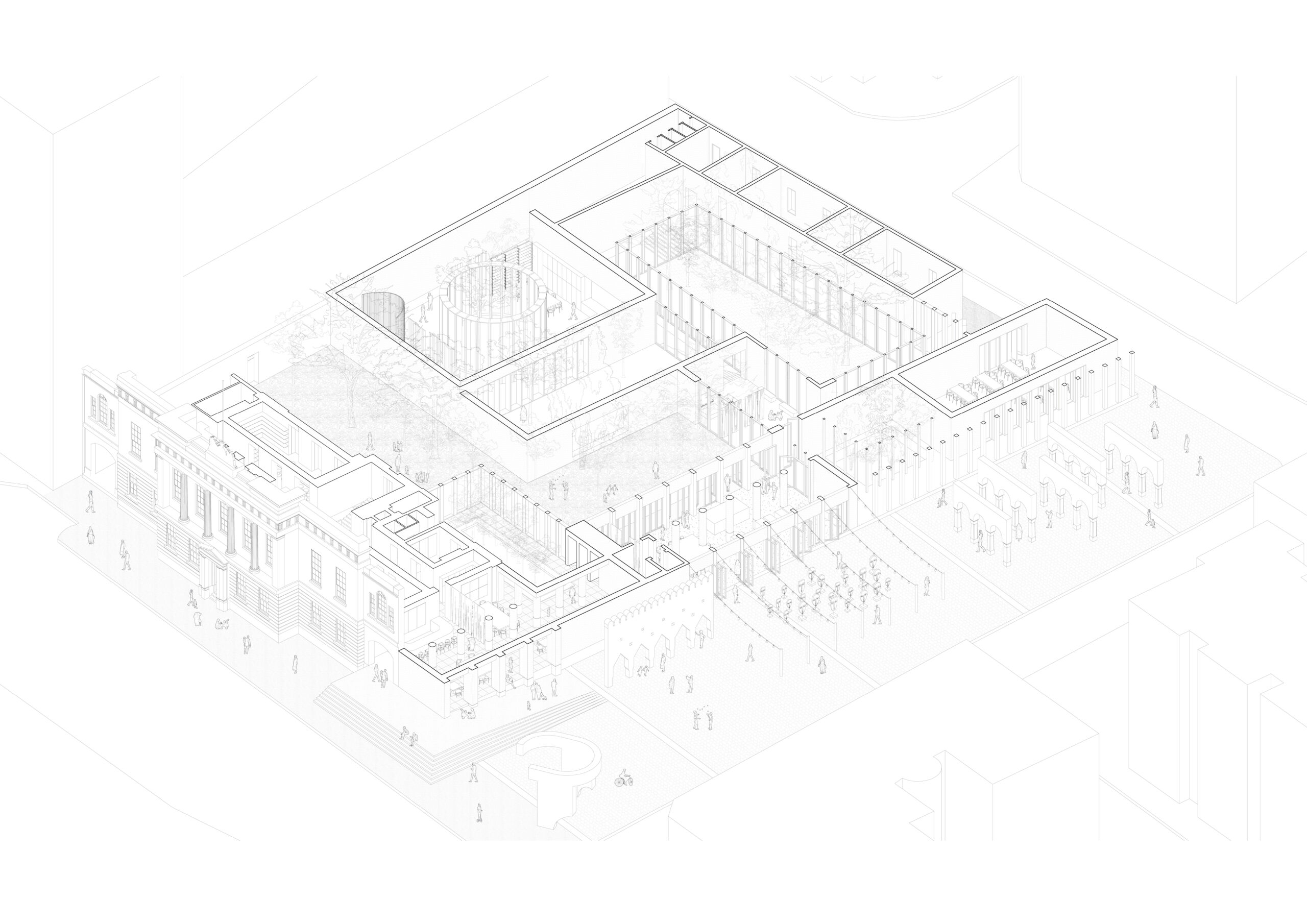The language around migration in many western countries have been weaponised with terms such as the “Immigrant Crisis” and is used to instil fear of migrants entering the country – leaving the asylum seeker and refugee communities stigmatised and painted with the same brush.
Currently, Glasgow is the only local authority area in Scotland which receive asylum seekers. Long periods of destitution, isolation and dormancy are experienced by the displaced – all of which were heightened this year due to the pandemic. These long periods could last anywhere between 6 months to 3 years while they wait to receive an answer from the Home Office regarding their application. While asylum seeker housing and where they are placed is an issue bound to policies and legislations, how can architecture play a role in developing and making most out of their time here in Glasgow?
This thesis aims to utilise architecture as an active platform by providing a series of buildings and spaces that function autonomously but are connected in their architectural form. The programme works to support this by prescribing a dual function. Firstly being a centre for advocacy to give agency to these communities. Second, it works as a free space for anyone to use. This in turn creates an open, transparent programme of spaces.
The architecture will facilitate personal and collective responses through arts and culture, challenging the status quo which include misrepresentation of these communities and migration by the media. These voices are manifested through a necklace of community projects which engage the with the public forming a series of follies as identity-creating factors within the grounds and along the river giving visibility to their presence, skills, culture and stories.




